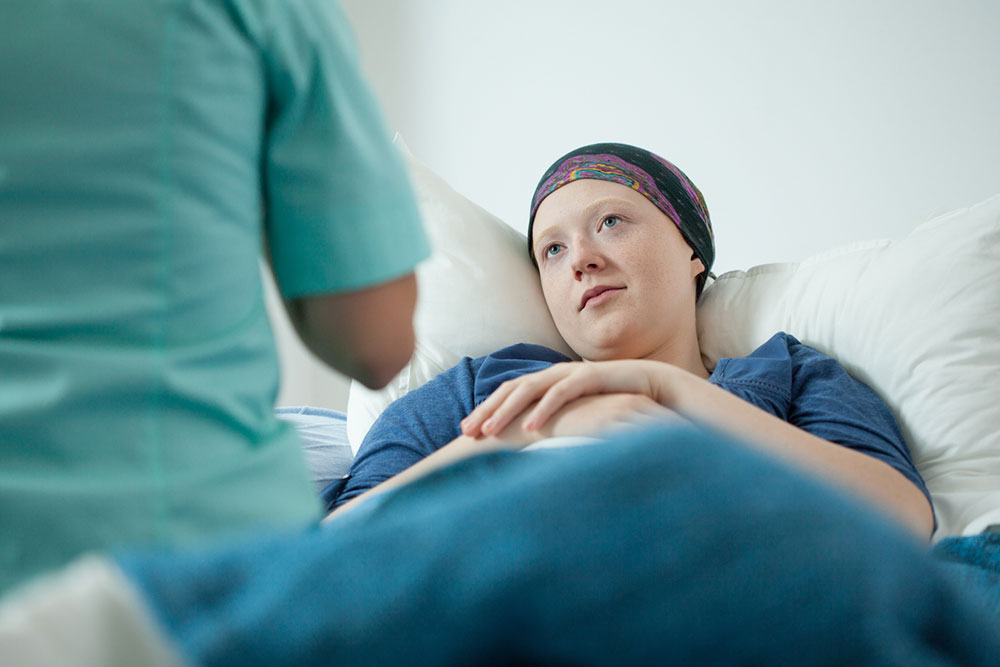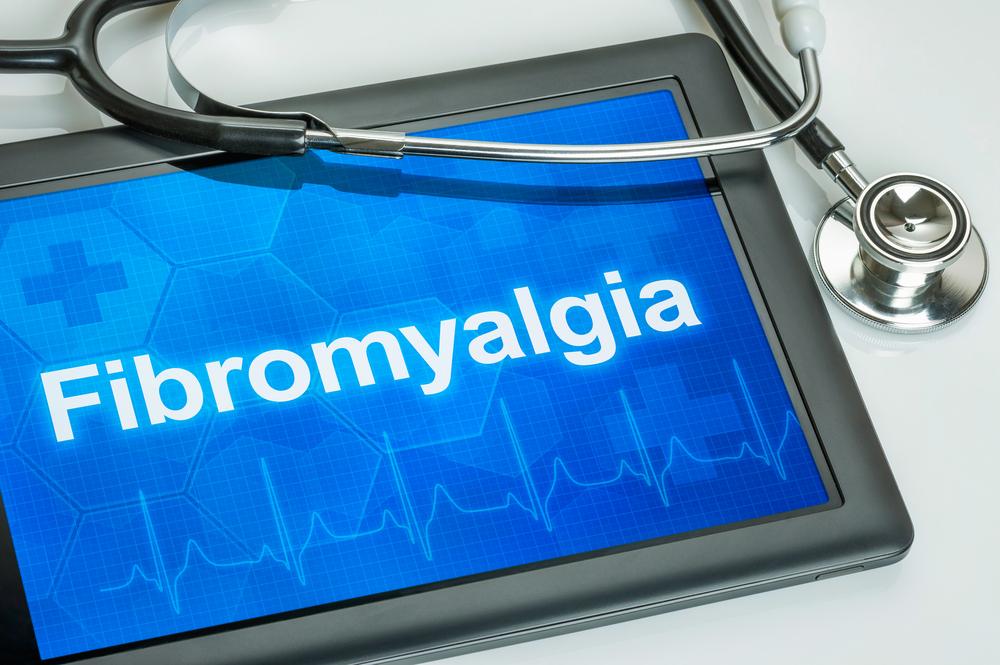Four Natural Complementary Ways to Support Breast Cancer Patients
Discover four natural and complementary therapies that support breast cancer patients during treatment. Including acupuncture, tai chi, massage therapy, and biofeedback, these methods help manage symptoms, reduce stress, and improve overall well-being when used alongside conventional treatments. Always consult healthcare professionals before starting alternative therapies for personalized care.

Four Natural Complementary Ways to Support Breast Cancer Patients
Breast cancer affects roughly 1 in 8 women nationwide, representing about 12% of the female population. As of January 2019, over 3.1 million women have a history of breast cancer, including those actively undergoing treatment and survivors. Early detection offers the best chance for a complete cure. Once the cancer spreads, treatments focus on managing symptoms rather than cure. Conventional therapies like radiation and chemotherapy can be harsh on the body, prompting many to seek complementary natural options to promote health and well-being during treatment.
Natural therapies can bolster overall health and help manage treatment side effects. Below are some alternative approaches embraced by many patients:
Acupuncture
A traditional Chinese practice involving inserting fine needles into specific points on the body to stimulate nerves and improve energy flow. Research from the NCCIH indicates acupuncture can reduce pain and alleviate chemotherapy-induced nausea and vomiting. Consulting a healthcare provider beforehand is recommended.
Tai Chi and Qigong
Originating from China, these gentle movement exercises focus on breathing, meditation, and energy flow. They help reduce stress, enhance mental health, and improve physical mobility, which can lessen the side effects of cancer treatments. The NCCIH notes that regular practice can uplift mood and quality of life.
Massage Therapy
Gentle massage can ease muscle tension, promote relaxation, and relieve anxiety, fatigue, and depression linked to cancer therapies. It’s crucial to work with a qualified massage therapist experienced in cancer care to ensure safety and tailored treatment.
Biofeedback
This technique teaches patients to control involuntary body functions, such as heart rate and muscle tension, using visual and auditory cues from specialized devices. Studies suggest biofeedback may help manage symptoms and side effects, but it should be performed under professional supervision.
It’s vital to understand that these therapies are meant to complement, not replace, standard cancer treatments. When combined with medical care, they can contribute to better comfort and overall health during the journey through breast cancer.










